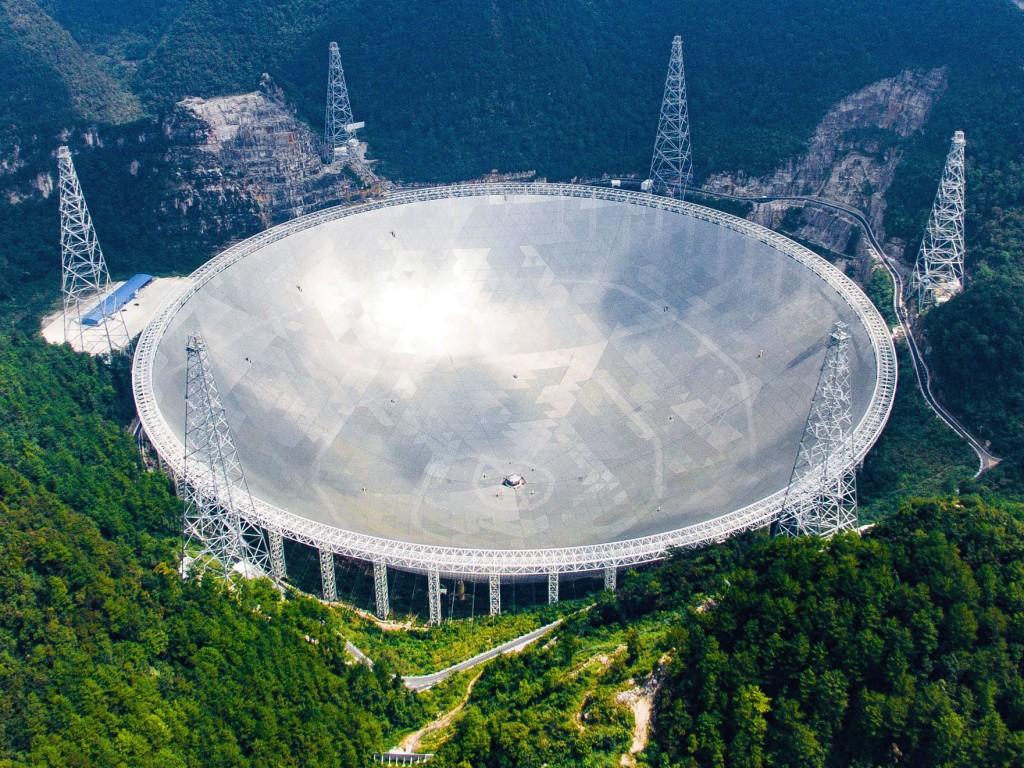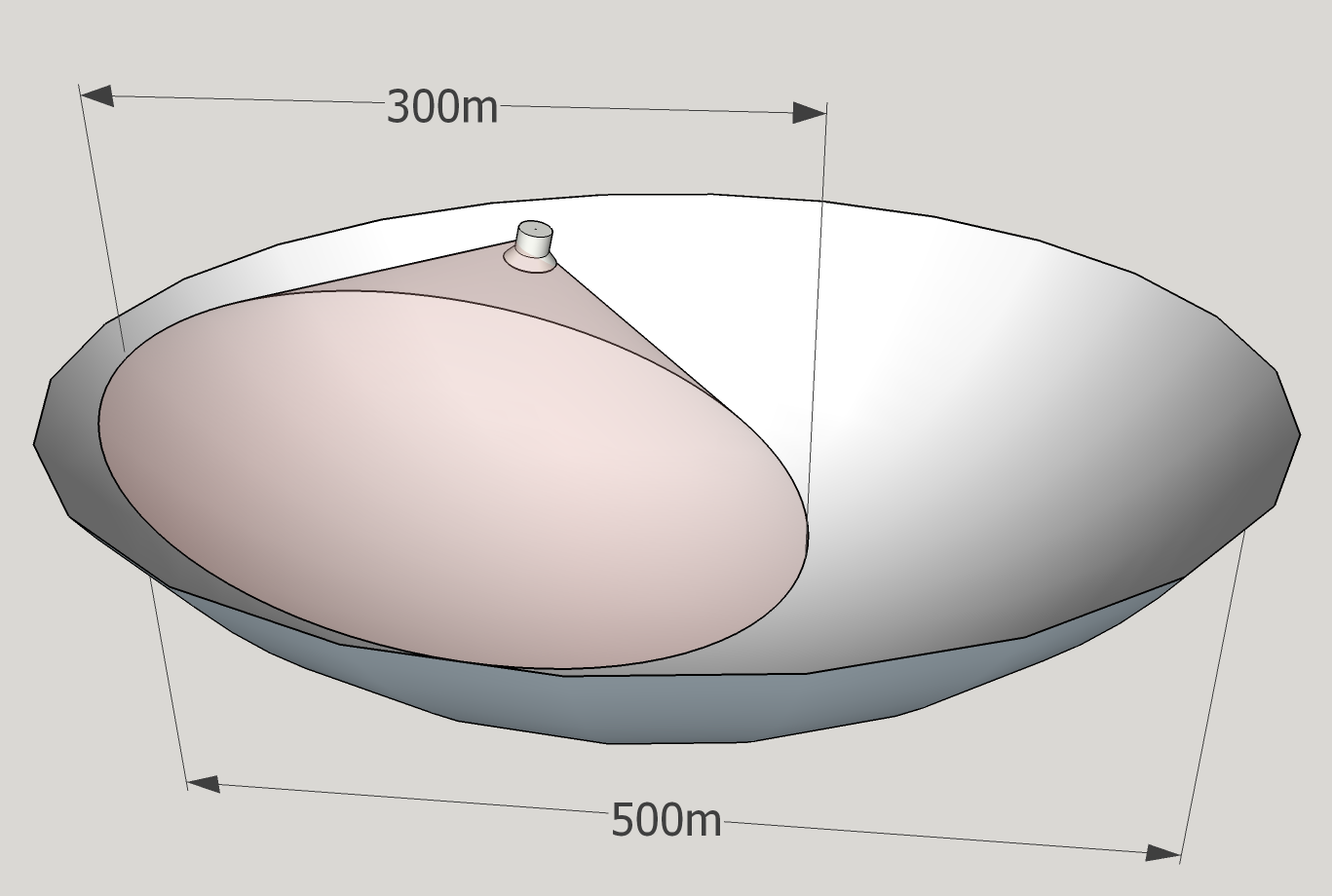Interesting Facts About China’s ‘Eye Of Heaven’ Telescope
The 500m Radio Telescope
Officially known as the ‘Five-hundred-meter Aperture Spherical radio Telescope’ (FAST), but affectionately known as Tianyan which means ‘Eye of Heaven’, is the world’s largest (filled aperture) radio telescope. The dish is located in a natural depression in southwest China and was completed in 2016 at a cost of USD $180 million.
Fast Facts About 500m Diameter Radio Telescope!
- The FAST has what is known as a fixed primary reflector dish (to receive radio signals) and its location was chosen partly on the basis of the natural depression amongst the beautiful limestone Karst formations.
- Unfortunately, a village of farmers already occupied the depression so had to be relocated along with another 9,000+ people that surrounded the telescope so that a radio-quiet zone could be established.
- More than $270 million was spent on relocating these residents, which ended up being significantly more than the building cost of the telescope itself at only $180 million.
- The construction of the telescope's dish started in 2011, with the last of the 4450 perforated aluminium panels installed five years later in 2016. Each panel can be deformed (to assist alignment to the targets in the sky) so is considered an active surface.
- Although the reflector dish is 500 meters (1,600 ft) in size, due to its non-spherical shape and the way it swivels to focus on different portions of the celestial sphere, only an effective dish of 300 m in diameter is utilised.
- When the maximum target angle from the zenith (directly overhead) approaches 60 degrees, the effective dish size is reduced further to only 200m
- The FAST observes at wavelengths of 10 cm to 4.3 m and working frequency range of 70 MHz to 3.0 GHz.
- The telescope began operating in late 2016 and made its first discovery of two new pulsars in August 2017.
- Several of the major science objectives of the FAST radio telescope is to observe pulsars (radio-emitting stars), detection of interstellar molecules and attempt to detecting interstellar intelligent communication signals (search for extraterrestrial intelligence) if any exist.
- The FAST is similar to the existing Arecibo Observatory radio telescope in Puerto Rico, but has a wider field of view (and collection area) even though Arecibo can receive higher frequencies and is even capable of radar astronomy to image small near-Earth Objects!




FAST or Tianyan
Setting
Size Comparison
FAST Aperture



